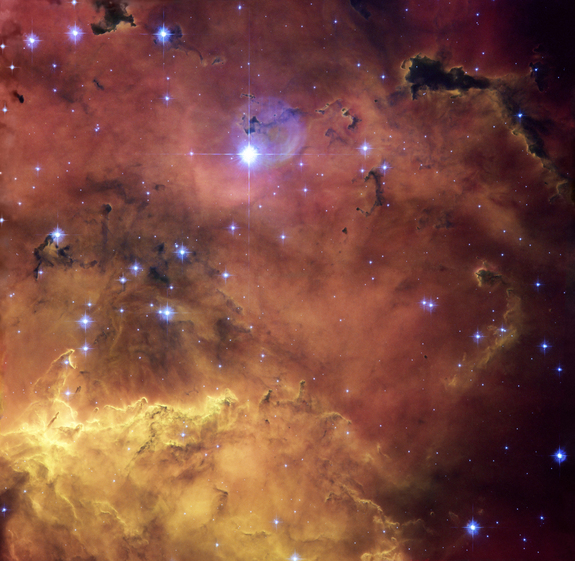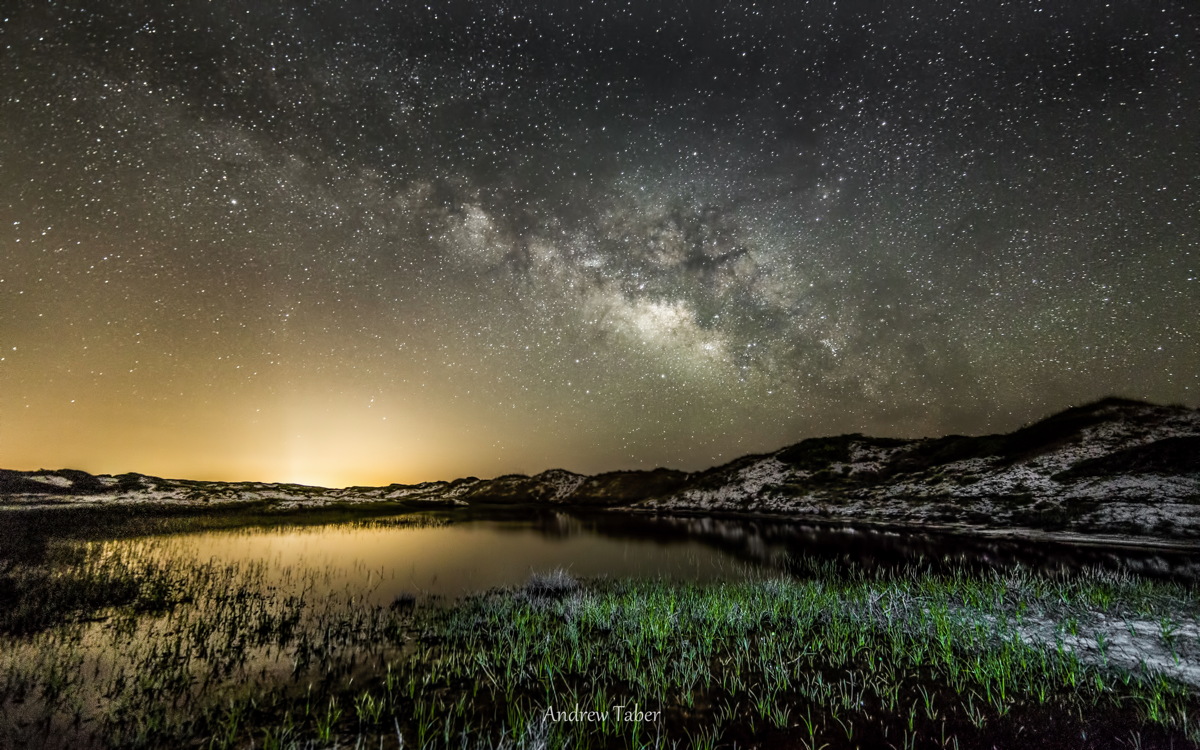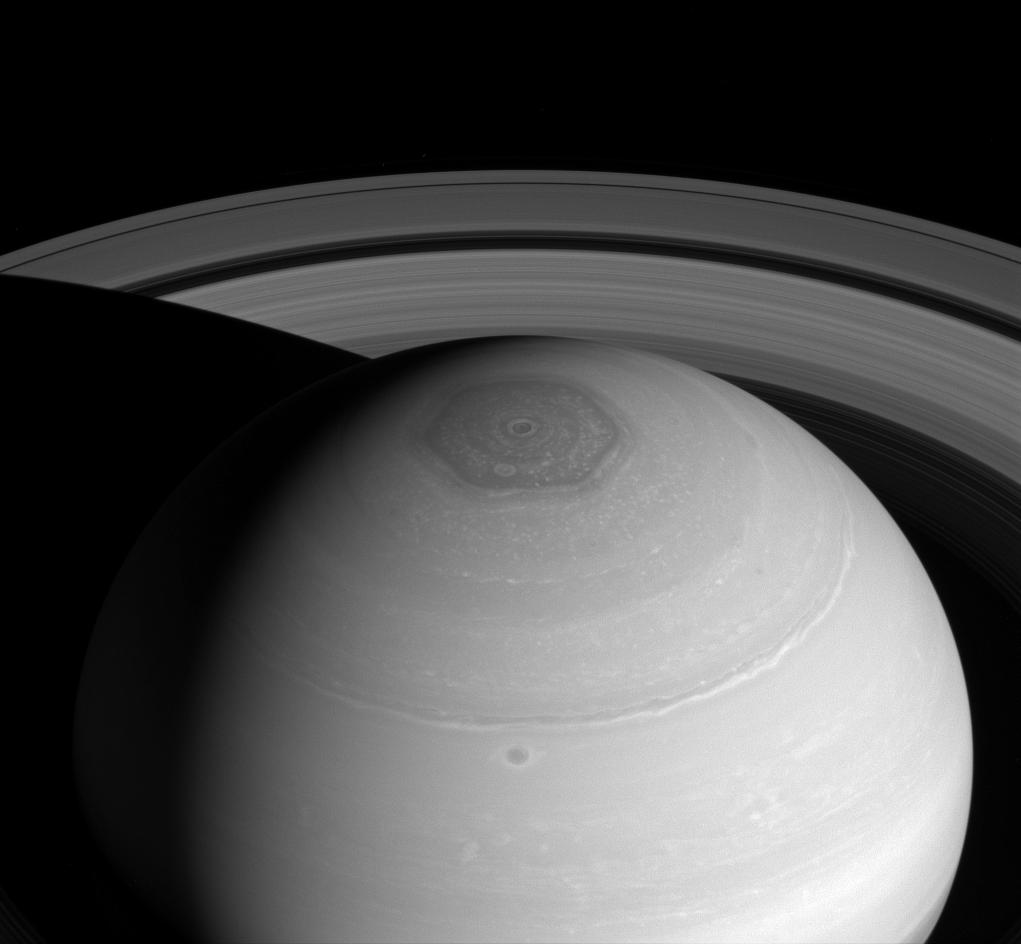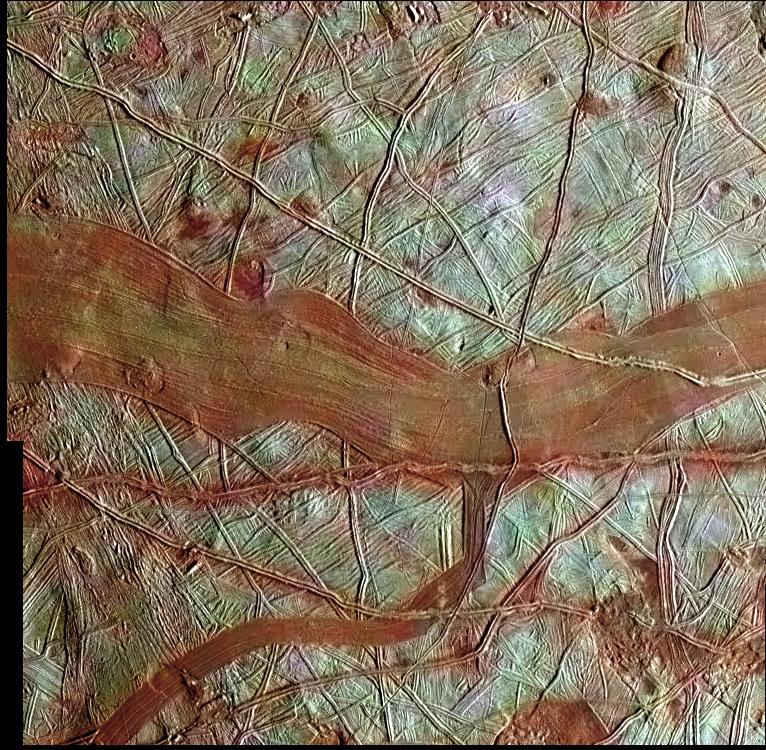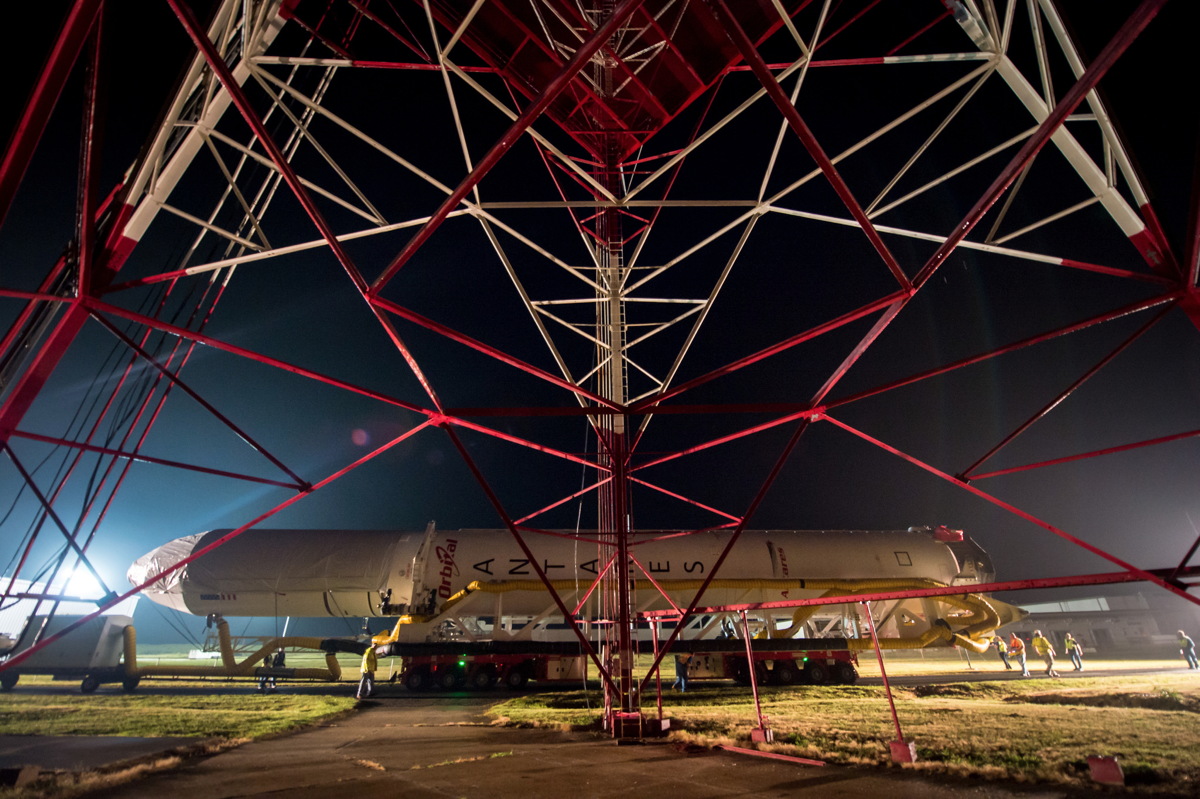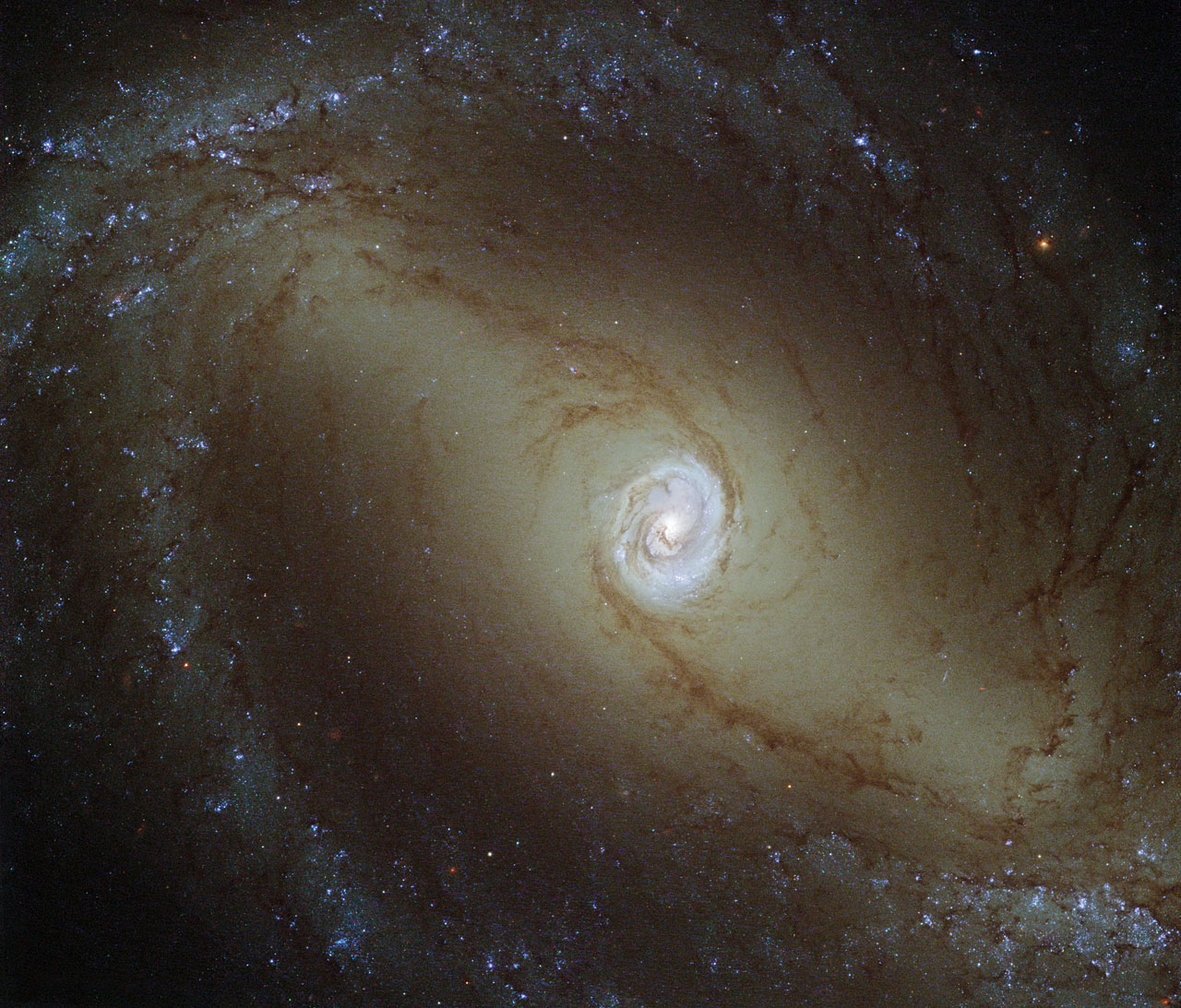Space Image of the Day Gallery (July 2014)
Image of the Day Archives
For older Image of the Day pictures, please visit the Image of the Day archives. Pictured: NGC 2467.
Milky Way Over Florida
Tuesday, July 1, 2014: Astrophotographer Andrew Taber sent in a photo of the Milky Way glowing over Topsail Hill Preserve State Park in Florida, taken in May 2014. While on vacation with his family in nearby Destin, Taber made arrangements with park rangers to visit late at night to get the shot. He mentions in an email message to Space.com that he tried to include the foreground, featuring surrounding sand dunes and a pond that recently filled with water from flash floods. Light pollution from Panama City beach about 20 miles away fills the background.
— Tom Chao
Moon Salutation
Wednesday, July 2, 2014: Astrophotographer Mark Gee sent in a photo of a friend making a yoga pose in front of a rising moon, the “Honey Moon” of June 2014. He writes in an email message to Space.com: “I thought it would be a cool idea to … photograph a friend of mine practicing yoga in front of a rising moon. I worked out the positioning using an iPhone app called PhotoPills, and then set up for the shoot. I was 1.8 km (1.12 miles) away from my friend on the hill, and as soon as I saw the moon beginning to rise behind her, I started shooting.” Image obtained June 13, 2014, in New Zealand.
— Tom Chao
Planet of Football
Thursday, July 3, 2014: Is this a newly discovered planet, with the solar wind trailing around it? No, it’s a scale model of a 32-panel soccer ball in a water channel at NASA's Ames Research Center in Moffett Field, California.
In anticipation of this year’s (FIFA) 2014 World Cup tournament, NASA engineers used the opportunity to demonstrate concepts of aerodynamics. Here, green dye shows how water flows around a scale model of a traditional soccer ball. Pink dye injected separately behind the ball shows the position of a low-pressure zone trailing the ball.
Players during the previous World Cup in 2004, complained that the ball, the Jabulani, moved erratically in flight. This year’s new ball design, the Brazuca, developed by Adidas, features a distinctive six-panel design. In tests, the new ball compared favorably to a traditional 32-panel soccer ball.
“The players should be happier with the new ball,” said Rabi Mehta, chief of the Experimental Aero-Physics Branch at NASA's Ames Research Center. “It is more stable in flight and will handle more like a traditional 32-panel ball.”
— Tom Chao
The Moon and Venus Over the Atlantic Ocean
Friday, July 4, 2014: Happy Fourth of July from Space.com! Astrophotographer Mike Black sent in a photo of the moon and Venus rising over the Atlantic Ocean at Belmar, New Jersey. Photo taken on the morning of June 24, 2014.
— Tom Chao
I Got (More) Arms That Long to Hold You
Monday, July 7, 2014: NGC 4258 (aka M106) is a spiral galaxy like the Milky Way, but it possesses extra spiral arms that glow in X-ray, optical, and radio light that our galaxy does not have. These features, called anomalous arms, do not align with the plane of the galaxy. As seen here, they instead intersect with it. Image released July 2, 2014.
— Tom Chao
Convinced of the Hex
Tuesday, July 8, 2014: Saturn's north polar vortex and hexagon appears in this photo along with the planet’s famous rings. The hexagon, which stretches wider than two Earths, stems from the jet stream that creates its perimeter. This jet stream forms a six-lobed stationary wave wrapping around the northern polar regions at about 77º N. Cassini spacecraft’s wide-angle camera captured this image on April 2, 2014, from a distance of around 1.4 million miles (2.2 million kilometers) from the ringed planet.
— Tom Chao
Breaking space news, the latest updates on rocket launches, skywatching events and more!
What's Up? The Moon
Wednesday, July 9, 2014: Astrophotographer Greg Redfern posted on his blog a photo of the first quarter moon taken on July 5, 2014. He commented: "Got some good shots last night but no joy on getting pic of Vesta-Ceres. I saw them but high clouds ruined pic attempt…. I REALLY like this shot of the 1st [quarter] moon as it shows the variations within the maria (the dark round basins) and rays." He goes by the name of Sky Guy in VA on his blog, "What's Up? The Space Place."
— Tom Chao
A Splash of Red
Thursday, July 10, 2014: NASA's Galileo spacecraft produced this image of reddish bands on Jupiter’s moon Europa. The image combines clear-filter grayscale data from one orbit of the spacecraft, combined with lower-resolution color data taken during a different orbit. The blue-white terrains point out the presence of relatively pure water ice. The reddish areas contain water ice mingled with hydrated salts, perhaps magnesium sulfate or sulfuric acid. The reddish material notably appears in the broad band in the center of the image, also in some of the narrower bands, ridges, and disrupted chaos-type features. Possibly these surface features communicated with a global subsurface ocean layer some time during or after their formation. Galileo spacecraft obtained the grayscale images on November 6, 1997, and the lower-resolution color data in 1998. Image released July 8, 2014.
— Tom Chao
Roll to Me
Friday, July 11, 2014: At NASA's Wallops Flight Facility in Virginia, the Orbital Sciences Corporation Antares rocket carrying the Cygnus spacecraft rolls to launch Pad-0A from the Horizontal Integration Facility on July 10, 2014. The Antares will blast off with the Cygnus cargo craft carrying over 3,000 pounds (1360 kg) of supplies for the International Space Station, including science experiments, hardware, parts, and provisions. The Orbital-2 mission represents Orbital Sciences' second contracted cargo delivery flight to the space station for NASA, scheduled for July 11, 2014.
— Tom Chao
Bright Center
Monday, July 14, 2014: Nearby spiral galaxy NGC 1433 shines in a view obtained by NASA/ESA’s Hubble Space Telescope. The galaxy lies about 32 million light-years from Earth, and researchers place in a class of very active galaxy known as a Seyfert galaxy, which represents 10% of all galaxies. These deep-sky objects possess very bright, luminous centers comparable to that of our galaxy, the Milky Way. Hubble Space Telescope obtained the image using a combination of ultraviolet, visible, and infrared light. NGC 1433 makes up part of a survey of 50 nearby galaxies known as the Legacy ExtraGalactic UV Survey (LEGUS). Image released July 7, 2014.
— Tom Chao
